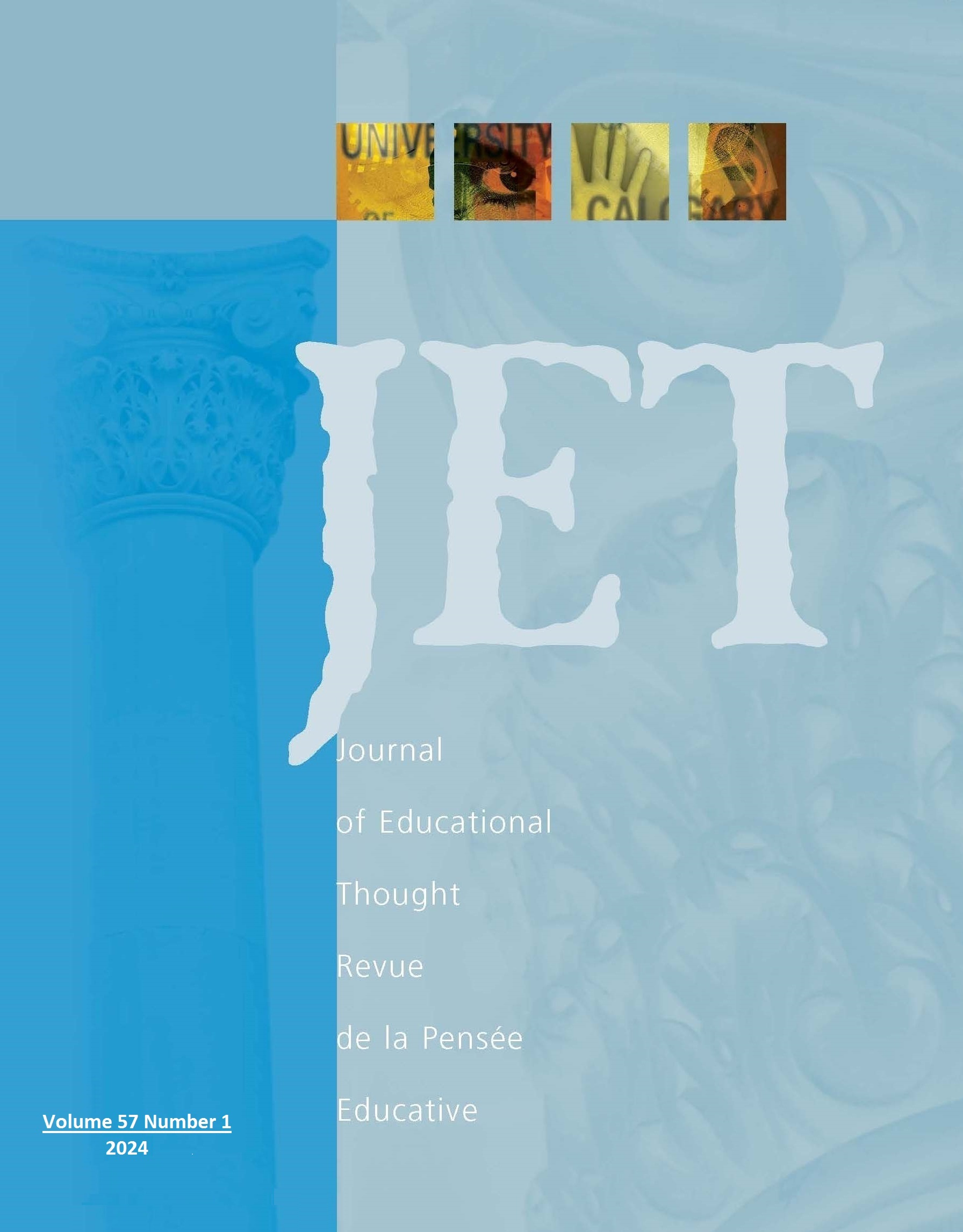Addressing the Lacuna in Critical Thinking in Kenyan Secondary School Chemistry Curriculum
DOI:
https://doi.org/10.55016/ojs/jet.v57i1.79415Abstract
Abstract: There are numerous studies on critical thinking (CT), but very few studies have been done that relate CT dispositions especially self-efficacy in classroom theory and practice, particularly in Kenya's secondary school chemistry curriculum. This paper analyzed reports from scholars, policymakers, and the curriculum reforms for Kenyan secondary schools to establish the extent to which CT is incorporated into the curriculum. These reports were used to experiment with the standard critical thinking analysis model. The analyzed categories were used to develop key theoretical propositions for the study. Theoretical propositions formed an explanatory theory that supported the analysis. From the analysis, although education reforms recognize CT as a key skill, it is not clear how CT self-efficacy should be developed in Kenyan secondary school chemistry learners. In this paper, we argue that CT can only be realized in the Chemistry classroom if the learning approach is learner-centered as opposed to the current teacher-centered approach. CT self-efficacy indicators also ought to be infused into the secondary school education curriculum for chemistry learners to acquire CT skills.
Downloads
Downloads
Published
Issue
Section
License
The Journal of Educational Thought retains first publication rights for all articles. The Journal grants reproduction rights for noncommercial educational purposes with the provision that full acknowledgement of the work’s source be noted on each copy. The Journal will redirect to the appropriate authors any inquiries for further commercial publication of individual articles. All authors wishing to publish in JET will be asked to fill in and sign a Consent to Publish and Transfer of Copyright agreement.
Authors must affirm that any submission to JET has not been and will not be published or submitted elsewhere while under considration by JET.

